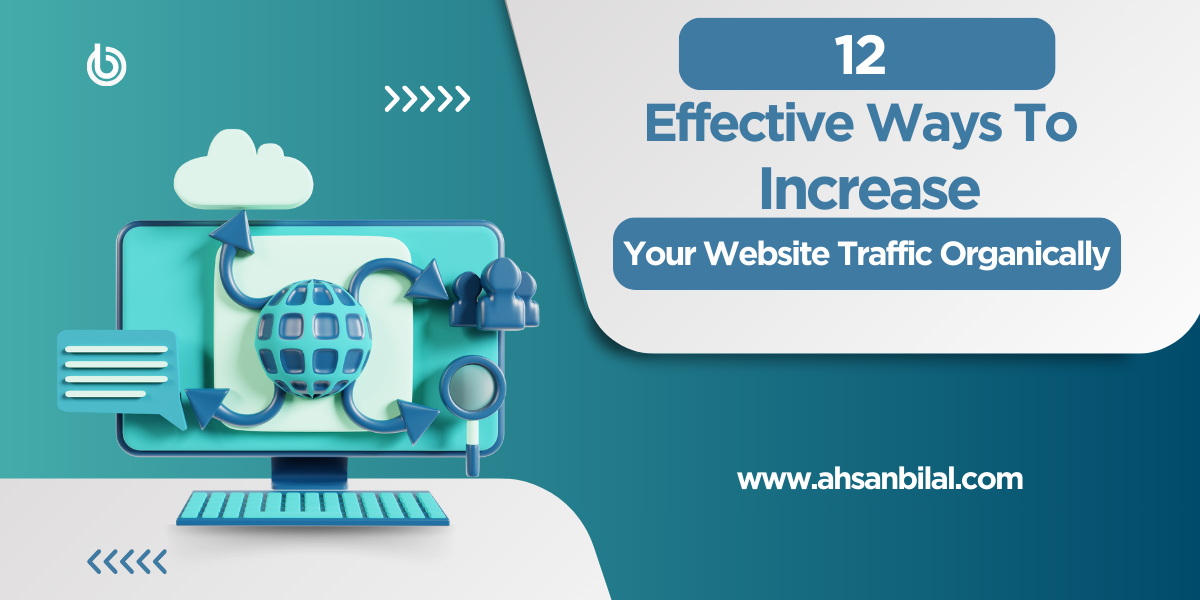Enterprise SEO for International Brands: Strategies for Global Reach
As brands expand their reach globally, enterprise SEO becomes a crucial element in establishing a strong digital presence across different markets. International SEO for enterprise-level companies involves more than just translating content; it requires an intricate balance of technical, on-page, and off-page strategies. This guide outlines essential strategies for international brands aiming for global reach, addressing common challenges and actionable steps to optimize for diverse audiences worldwide.
Conducting Comprehensive Market Research
Understanding the specific needs, search behavior, and preferences of each target market is the first step in crafting an effective international SEO strategy. Different countries have unique trends, popular search engines, and varied user expectations.
Key Steps:
- Analyze Local Competitors: Research local competitors’ SEO practices and content strategies to understand what resonates in each market.
- Identify Language and Cultural Nuances: Recognize regional languages and dialects, adapting your content accordingly to connect authentically with each audience.
- Leverage Data Analytics: Use tools like Google Analytics, Google Trends, and SEMrush to gather insights into market-specific search trends.
Selecting the Right Domain Structure
Choosing the right domain structure is crucial for international SEO as it impacts user experience, search engine understanding, and brand trust. The three primary options are:
Options:
- Country Code Top-Level Domains (ccTLDs): For example, using example.co.uk for the UK market. ccTLDs sign to web search tools and clients that the site is custom-made to a particular country.
- Subdomains: Utilizing a subdomain structure like uk.example.com offers a middle ground and makes it easier to separate content by country.
- Subdirectories: Using subdirectories such as example.com/uk/ allows for shared domain authority while targeting specific regions.
Each structure has its benefits, but for large international brands, ccTLDs are typically preferred for strong localization, while subdirectories are often chosen for ease of management.
Implementing Hreflang Tags Correctly
For international SEO, using hreflang tags ensures that search engines serve the correct language or regional content to users based on their location. This is especially critical for enterprise-level sites with substantial content across different languages and regions.
Best Practices:
- Map Hreflang Tags by Language and Region: For example, en-us targets English-speaking users in the US, while en-gb is for the UK.
- Avoid Duplicate Content Issues: Proper hreflang implementation helps prevent duplicate content issues by specifying the intended audience for each version of the page.
- Regularly Audit Hreflang Tags: Conduct periodic audits to ensure the hreflang tags are correctly set, especially after site updates or content migrations.
Localizing Content Beyond Translation
For international brands, localization goes beyond simply translating text. Localization involves adapting the content to align with cultural nuances, regional slang, preferred products, and even units of measurement.
Content Localization Tips:
- Adapt Marketing Messages: Ensure the messaging reflects cultural values and resonates with the local audience. This could mean adjusting idioms, humor, and even product descriptions.
- Use Regional Keywords: Keyword research should be conducted for each market individually. Keywords in one region may not yield the same search volume or intent in another.
- Incorporate Local Events: Engaging with local holidays, events, and trends can make content feel more relevant and authentic to the audience.
Optimizing for Local Search Engines
While Google dominates the search landscape globally, other search engines like Baidu in China, Yandex in Russia, and Naver in South Korea are essential for international brands entering these regions. Optimizing for each market’s primary search engine requires understanding their specific ranking factors.
Local Search Engine Optimization Tips:
- Understand Unique Algorithms: Baidu, for example, places more weight on site load speed and prefers sites hosted within China. Yandex considers user behavior and content depth heavily.
- Optimize Metadata and Local Keywords: Use keywords relevant to each country and ensure metadata meets the standards of each specific search engine.
- Host Locally Where Necessary: Some search engines prioritize sites hosted within the country, so consider hosting locally or using a Content Delivery Network (CDN) to boost performance.
Technical SEO for Multinational Sites
Technical SEO plays a significant role in enterprise-level international SEO. For a global reach, site performance, mobile-friendliness, and security are crucial.
Key Technical Elements:
- Speed Optimization: Use local CDNs, compress images, and implement lazy loading to ensure optimal load times across countries.
- Mobile Optimization: In many regions, mobile searches have overtaken desktop. Guarantee your site is completely responsive and offers a consistent versatile encounter.
- Implement Structured Data Markup: Structured data enhances search visibility, especially in local SERPs. Mark up content appropriately for each region and language.
Building High-Quality Backlinks in Each Market
Link building is a powerful SEO strategy that should be applied uniquely for each target country. Obtaining high-quality backlinks from reputable local sites can significantly boost a brand’s credibility and rankings in regional search results.
Link-Building Strategies:
- Guest Blogging and Local PR: Collaborate with regional publications, influencers, and bloggers to publish articles or interviews that link back to your site.
- Partner with Local Industry Sites: Establish partnerships with industry-related sites within the region for backlinks, increasing your domain’s authority and relevance.
- Leverage Social Media for Brand Exposure: Social signals can enhance SEO indirectly. Use region-specific social media platforms to drive traffic and create shareable content for backlink opportunities.
Monitoring and Analyzing Performance by Region
Constant monitoring is essential for an international enterprise SEO strategy. Tracking performance by region allows brands to adjust tactics and resources where necessary.
Tools and Metrics:
- Google Search Console and Local Analytics: Use Google Search Console to track impressions, clicks, and rankings for each region, while Google Analytics provides data on user behavior.
- Track KPIs for Each Region: Define region-specific KPIs, such as organic traffic, conversions, and bounce rates, to assess each market’s performance.
- Adjust Content and SEO Strategies: Regularly review insights and adjust the content, keywords, and linking strategies based on each region’s performance.
Conclusion
For international brands, enterprise SEO is more than just scaling a strategy across regions. It’s about understanding and catering to the unique needs of each market, adapting to local search engines, and balancing global brand consistency with local relevancy. By following these strategies, enterprise brands can create a cohesive global SEO approach that strengthens their presence in new markets, drives sustainable growth, and maximizes their potential for international success.
Embracing a thoughtful, region-specific approach to SEO can help international brands achieve global reach while ensuring each local audience feels genuinely connected to the brand.










